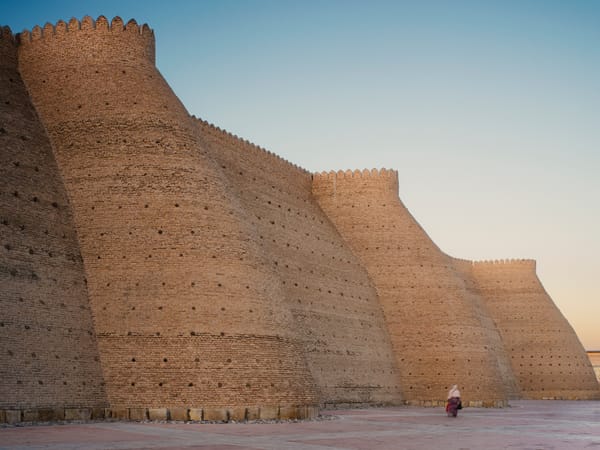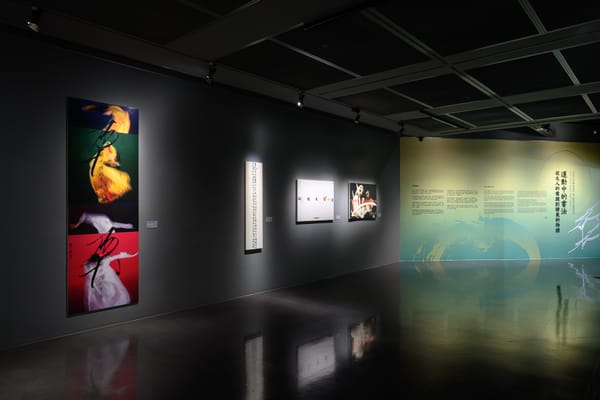Shows
“MinD/Body”


This year’s edition of “MinD” (“made in Dubai”), featuring 16 artists from or based in the United Arab Emirates (UAE), dismissed the region’s preference for the new and the trendy. Chronicling the 30-year history of contemporary art in the UAE and in the neighboring countries that constitute the Gulf Cooperation Council, the works from “MinD/Body” dropped overwrought themes of Arab identity by the wayside and highlighted a rich tradition of performance and body-related art.
The strongest works of the show were grouped together in the Gallery of Light. Hassan Sharif, considered the father of Emirati contemporary art, exhibited a series of photographed performances such as Jumping No. 1 (1983). Performed in Dubai, Sharif jumps freely and exuberantly across the series of seven photographs, while in Walking No. 3 (1983), he performs in a contemplative and serious fashion, as if searching for a spiritual epiphany across the yawning desert landscape.
Mohammed Kazem, a student of Sharif who will represent the UAE in the forthcoming Venice Biennale, explored the potential of performance in his photographs Tongue (1994). In this work, he ritualistically sticks his tongue through various holes in objects—the handle of a pair of scissors, a cup, the rim of a pair of glasses. The exaggerated gesture carries surprising sensuality; it feels as if the artist is trying to meld his own body with these objects to create some sort of hybridized species.

A classmate of Kazem’s at the Emirates Fine Art Society, Ebtisam Abdulaziz touched on issues of gender with her 15 photographs from the series “Women’s Circles” (2010). The photos depict a woman clad from head to toe in black. With a balance of strength and grace, she performs gymnastic-like contortions within a white disc, which restrains her motions. The confined movement may quietly allude to the experience of women in the Middle East. Rounding out the exhibition is a series of small, untitled ink-on-paper drawings from the 1990s by Mohammad al-Mazrouei. Like Abdulaziz's, the works feature otherworldly human forms in a variety of poses.
The show was a success. Leaving it, the viewer felt more conscious of his or her relationship to the body and physical world.







